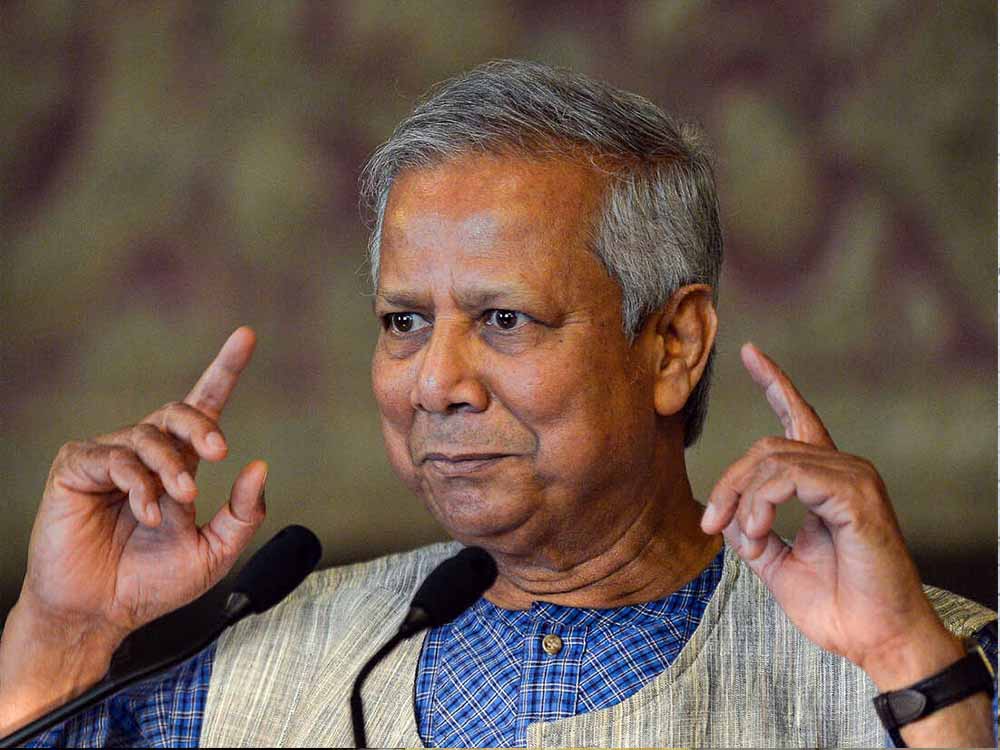Muhammad in 2006: Controversy, Global Dialogue, and Religious Sensitivity
The year 2006 was marked by intense global discussions and controversies surrounding the name Muhammad, particularly in relation to the publication of caricatures of the Prophet Muhammad. This exploration delves into the events, reactions, and broader implications of the Muhammad cartoon controversy that unfolded during this period.
The Muhammad Cartoon Controversy
Publication of Cartoons:
In 2006, a Danish newspaper, Jyllands-Posten, published a series of cartoons depicting the Prophet Muhammad. The illustrations, ranging from satirical to provocative, ignited a firestorm of reactions from the Muslim community, both in Denmark and around the world.
Global Outcry:
The publication sparked protests, demonstrations, and condemnations across various Muslim-majority countries. The images were considered blasphemous, as Islam traditionally prohibits visual depictions of Prophet Muhammad, emphasizing the significance of the controversy.
Reactions and Responses
Muslim Community Responses:
The global Muslim community expressed its outrage through peaceful protests, calls for boycotts, and diplomatic efforts. Leaders from Islamic nations and organizations condemned the cartoons, emphasizing the need for respect and understanding of religious sensitivities.
Free Speech Debate:
The controversy also fueled debates on freedom of speech and expression. While defenders of free speech argued for the right to publish without restrictions, critics underscored the importance of responsible journalism and the potential consequences of disseminating content that deeply offends religious beliefs.
Diplomatic and Political Impact
Diplomatic Tensions:
The Muhammad cartoon controversy strained diplomatic relations between Denmark and several Muslim-majority countries. Embassies were targeted, and diplomatic ties were temporarily severed in some instances, highlighting the geopolitical consequences of such cultural clashes.
Global Solidarity:
The controversy also spurred global solidarity movements. Citizens, irrespective of religious affiliations, came together to advocate for mutual respect, understanding, and the importance of dialogue in addressing sensitive religious issues.
Lasting Impact and Lessons Learned
Increased Sensitivity:
The Muhammad cartoon controversy underscored the need for heightened sensitivity in media, especially regarding religious symbols. It prompted discussions on responsible journalism, cultural understanding, and the potential consequences of insensitive portrayals of revered figures.
Interfaith Dialogue:
In the aftermath of the controversy, there was an increased emphasis on interfaith dialogue. Religious leaders, scholars, and communities sought to foster understanding and promote respectful discourse, recognizing the importance of coexistence in a diverse global society.
Conclusion
The Muhammad cartoon controversy in 2006 brought to the forefront the delicate balance between freedom of expression and religious sensitivity. It served as a catalyst for global discussions on responsible journalism, interfaith dialogue, and the importance of respecting diverse religious beliefs. The events of that year continue to resonate, reminding the world of the challenges and responsibilities inherent in navigating cultural and religious differences.











